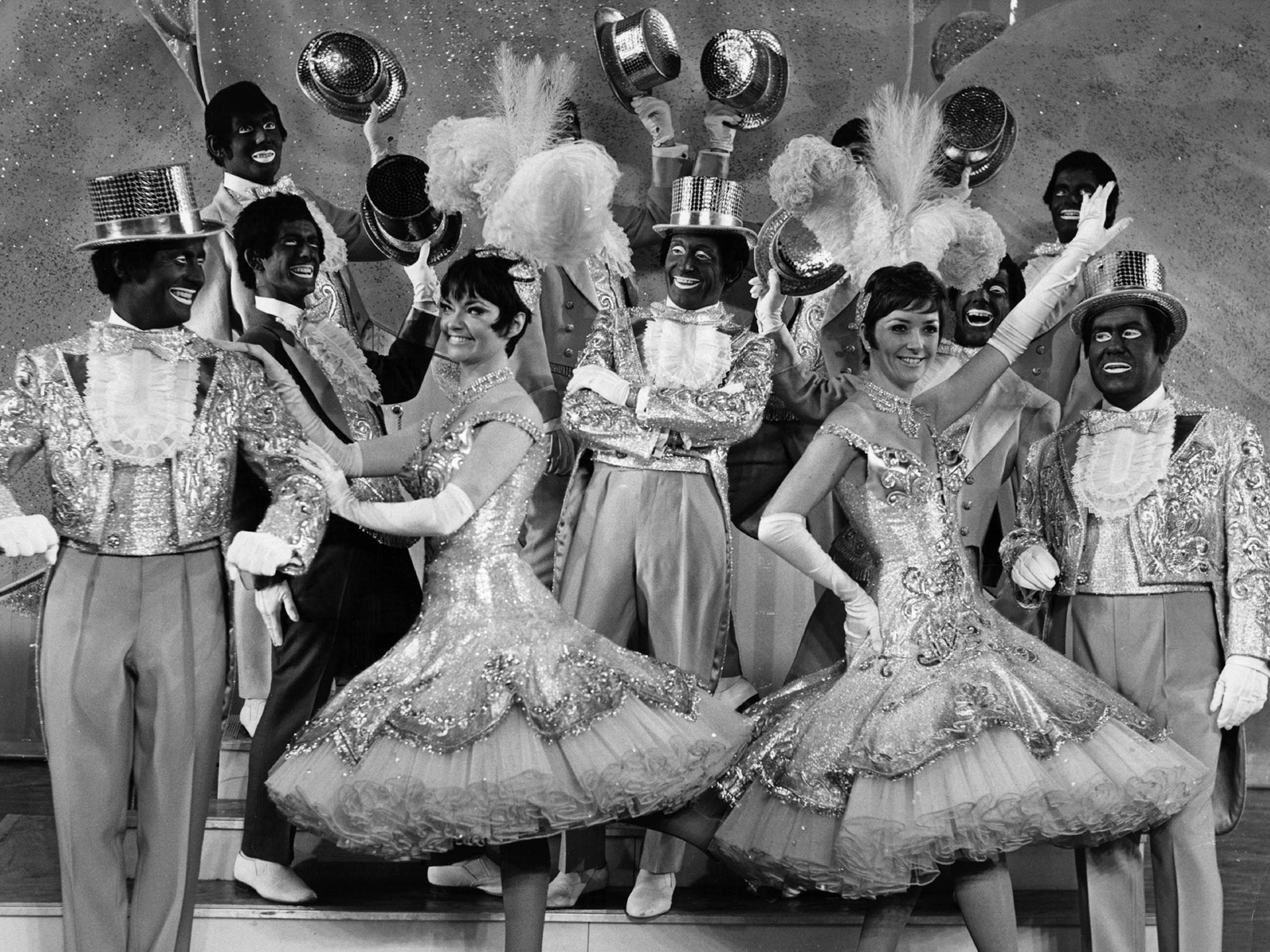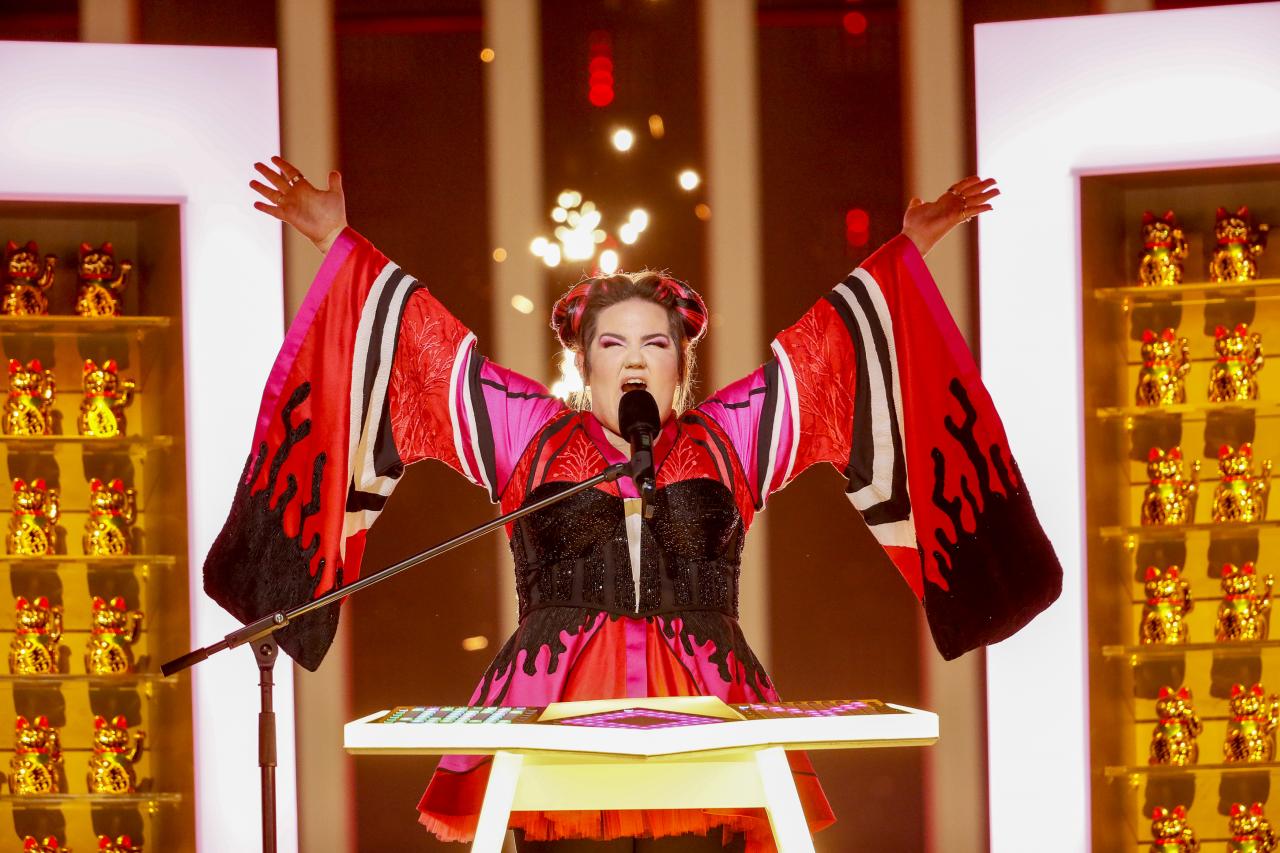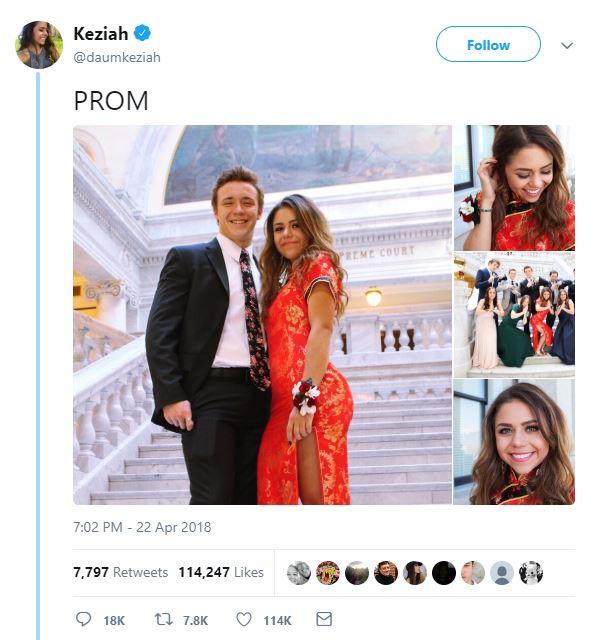Cultural appropriation: Sometimes it's so blatant it smacks us in the face, other times it can be a total minefield
Music, fashion, even food... have all fallen foul of causing offence. Is the adoption of other people's customs and cultures fair game or has political correctness gone mad? David Barnett treads warily

Your support helps us to tell the story
From reproductive rights to climate change to Big Tech, The Independent is on the ground when the story is developing. Whether it's investigating the financials of Elon Musk's pro-Trump PAC or producing our latest documentary, 'The A Word', which shines a light on the American women fighting for reproductive rights, we know how important it is to parse out the facts from the messaging.
At such a critical moment in US history, we need reporters on the ground. Your donation allows us to keep sending journalists to speak to both sides of the story.
The Independent is trusted by Americans across the entire political spectrum. And unlike many other quality news outlets, we choose not to lock Americans out of our reporting and analysis with paywalls. We believe quality journalism should be available to everyone, paid for by those who can afford it.
Your support makes all the difference.Let’s get this out of the way: I am a straight, white, middle-aged man, so what follows you may take with a pinch of salt or disregard completely. But we’re going to talk, you and I, about the thorny issue of cultural appropriation.
It was only a year ago that Oxford Dictionaries put the phrase into their official lexicons, with the definition, “the unacknowledged or inappropriate adoption of the customs, practices, ideas, etc. of one people or society by members of another and typically more dominant people or society.”
Cultural appropriation is sometimes so blatant it smacks us in the face. The Black and White Minstrel Show ran on British television for – what seems now to us, looking back at it – and astonishing 20 years, from 1958.
Even halfway through its run the show, in which white entertainers “blacked up” to sing songs in a Deep South of America style, was the subject of petitions calling for it to be taken off the air because of its in-your-face racism. It can hardly be seen now without an overwhelming feeling of embarrassment. How did we ever think that was acceptable?
The show was harking back to the minstrel shows in 19th-century America, and blackface was a popular form of entertainment until the enlightenment of the 1960s, coupled with rising racial tensions across the US, finally put paid to it. Even Al Jolson, dubbed “the world’s greatest entertainer”, was renowned for performing in blackface. Jolson was Jewish, and while there can never be any excuses made today for blacking up, it’s interesting that in their 2008 book the Encyclopedia of American Jewish History, authors Stephen Harlan Norwood and Eunice G Pollack talk of Jolson’s 1927 movie The Jazz Singer in terms which suggest some kind of what we would today call intersectionality. For example: “Is there any incongruity in this Jewish boy with his face painted like a Southern Negro singing in the Negro dialect? No, there is not…The son of a line of rabbis well knows how to sing the songs of the most cruelly wronged people in the world's history.”
Can a Jewish man really pretend to be a black man without racism? Is this cultural appropriation of the very worst kind or solidarity that only two historically subjugated peoples can appreciate? And what, then, of a Jewish woman who dresses up as a Japanese woman for entertainment?

The cries of “cultural appropriation” were resounding around social media even before Netta Barzilai had finished her (ultimately competition-winning) performance of Toys, the Israeli entry in this month’s Eurovision song contest held in Lisbon.
Netta wore a stylised kimono and was surrounded by dozens of maneki neko waving lucky cat statues. Twitter in particular was rather exercised by the thought of the cultural appropriation taking place before its very eyes. Or, I should say, mainly white Western Twitter. It seems the only people not too fussed were the Japanese themselves.
According to the website soranews24.com, which repackages and discusses Japanese news stories for an English speaking audience, the overwhelming response on the ground seems to be a mildly nonplussed reaction.
The site quoted from Japanese social media accounts which included the responses, “Culture is meant to be stolen. If it’s not worth stealing, then it isn’t culture”, “If people keep claiming ‘cultural appropriation’ then people will not touch our culture. Then, people will not understand our culture and it will be easier to become our enemy”, and, perhaps crucially, “Westerners care too much about silly things”.
Is that the problem? Are we, Westerners, liberal Westerners, too over-sensitive of the feelings of others brought on by white guilt? Or are we right to call out what we think is wrong when we see it? Should we wait before speaking, to see what the actual people affected think? Or is it our duty to step in first?
Perhaps it’s now we should go back to the Oxford Dictionaries definition of cultural appropriation, particularly the bit that talks about the “more dominant people or society”. Is Israel a more dominant culture than Japan? Or vice-versa? What do we think? What do they think?
A couple of weeks before Eurovision, Eastern dress was setting Twitter alight again, this time when a Utah teenager posted online pictures of her wearing her prom dress which was actually a qipao, traditional Chinese dress. The 18-year-old was accused of cultural appropriation and casual racism. People of Chinese heritage chimed in with arguments on both sides of the debate, with some pointing out that the outfit was originally worn by women carrying out domestic duties, and thus not something to be really celebrated, and another writing, “I’m Asian and Chinese, you looked beautiful in that dress, I’m sorry you got bashed for it.”
Fashion is, of course, a highly sensitive area for cultural appropriation. The fashion shows routinely feature collections riffing off a range of global cultures. For the coming autumn, Gucci recently unveiled a series of headwear inspired by Sikh turbans. Vogue ran a photoshoot in its “Diversity Issue” last year with a model in full Japanese geisha outfit. Not unusual, and perhaps nothing wrong with it… save for in both cases (and in the Victoria’s Secret show last year in which a model flaunted a Native American-style headdress) all the models were white.
Here’s where cultural appropriation smacks up against representation. Maybe if Victoria’s Secret had employed a Native American model, if Vogue had used a Japanese model, if Gucci had – as the Sikh Coalition suggested in the aftermath – used Sikh models who would have properly observed the correct way to wear what is, after all, a sacred clothing item, then the later dissemination of these items on to the high street might not be quite so problematic.
There’s a difference, too, between fashion and performance. When I was very young, on a holiday at a Pontin’s camp on the North-West coast, I was wrapped in a blanket, had two stripes of lipstick put across my face, and a feather from a passing seagull taped to my head. I was entered into the fancy dress contest (I didn’t win). I was of course, a Red Indian, as Native Americans were called in those less-enlightened times.
As bad as the Black and White Minstrels? Possibly. But “Red Indians” back then were almost a fictional, fairytale group of people, the image drawn from Monday matinee westerns not renowned for historical accuracy, from Peter Pan, from Hiawatha and Little Plum. Would I have dressed my children like that when they were the same age? Undoubtedly not. Times change. Sensitivities alter.

And I look down at what I’m wearing right now as I type this. A T-shirt, which has its origins as an undergarment in 19th-century America. A pair of jeans, which were originally developed in Italy (Genoa, which gave rise to “jeans”) and France (the fabric of Nimes, or de Nimes, from which is derived “denim”). A pair of flip-flops (don’t judge me), evolved from the Japanese zōri which servicemen took back to America post-Second World War (though early flip-flops have been discovered in ancient Egyptian burial sites).
I am a melange of styles borrowed, begged and stolen from around the world. Is this cultural appropriation, several generations down the line? Should I be wearing what my grandfathers wore? Polyester slacks and an Oxford shirt, a cardigan, brogues? Where is the line, and on which side of it are we?
Music is another cultural appropriation battleground. Every time Katy Perry or Taylor Swift goes “ghetto” for another video, or Lana Del Ray puts on a Native American headdress, it’s there to see. White folks stole rock’n’roll from African rhythms filtered through the American South, we stole electronic dance music from the predominantly-black post-disco clubs of Chicago and Detroit, and Italy. Take away the cultural appropriation, and what’s left? A couple of rousing choruses of Knees Up, Mother Brown or The Lambeth Walk, perhaps.
Should we talk about food? Those great British traditions such as pizza, or chow mein, or curry? A few miles from me, Bradford is awash with curry houses. The clientele is largely white. Is that cultural appropriation? Well, no, because most of the restaurants are owned and worked in by people of South Asian heritage. But what was deemed cultural appropriation was when, earlier this year, a restaurant called Fanny’s announced it was opening a venue for the purveying of “posh kebabs” in London’s Stoke Newington.
The move was lambasted on Twitter because, for one, Stoke Newington is a hub for Turkish restaurants and takeaways… the people who, you know, invented the kebab. For another, because the people behind Fanny’s weren’t Turkish (one of the founders is called Claude Compton, for your information), and the tag-line “posh kebabs” intimated that these “lads from Fulham” were basically going to beat the Turks at their own game (as a side note, Fanny’s subsequently dropped the “posh” bit from their marketing and logo).

If you’ve made it this far, you might be wondering where I’m heading with all this. And the honest answer is, I just don’t know. Cultural appropriation seems, on the face of it, like it should be something that all of us should fight against, but the flip-side of that is knowing exactly just what it is and when we should call it out.
As I said at the top of this piece, take what I say with a pinch of salt, given that I am a middle-aged white man. But where does that leave me, if we remove years of embedded cultural appropriation? Dressed in my grandad’s clothes, listening to a 78 of George Formby classics, and clutching a chip butty? And on that score, should I be calling cultural appropriation on the New York magazine The Insider’s awestruck piece last month on a Turkish restaurant that was selling this remarkable new thing, a sandwich stuffed with fries?
The answer’s no, of course, because cultural appropriation will never affect me in the way it does other, marginalised people. I have working-class roots but I’m still pretty close to the top of the privilege chain; all I can realistically get away with is some faux outrage at posh kids slumming it at Wetherspoons and Greggs for Instagram likes.
But maybe those who identify as white, liberal allies should hit the pause button before calling out cultural appropriation, and just take a moment to think. The obvious stuff, the outright horror of the Black and White Minstrels and the more subtle but by no means any less problematic racism, yes, by all means, dig in. Dog-piling on teenagers for wearing a prom dress, maybe hold off a bit.
Cultural appropriation is a big desert, and one on which we might have to draw our own personal lines in the sand as to what we know in our guts is wrong, and what we think might be, possibly, a little bit off.
And with that, I bid you sayonara.
Join our commenting forum
Join thought-provoking conversations, follow other Independent readers and see their replies
0Comments